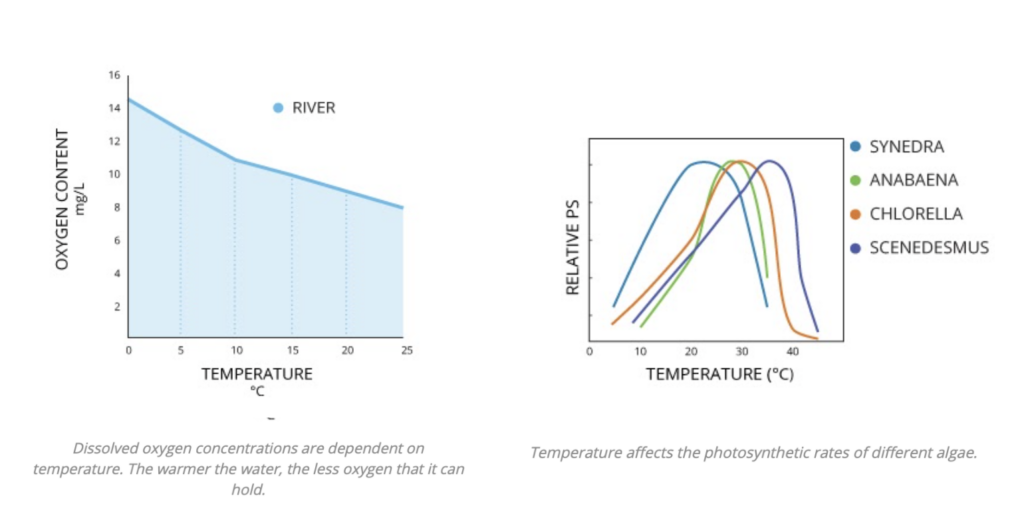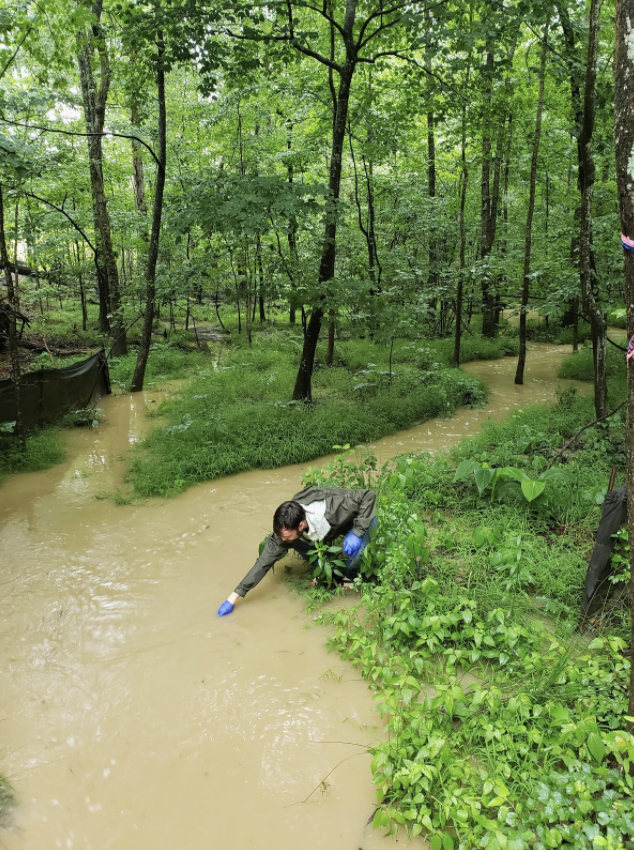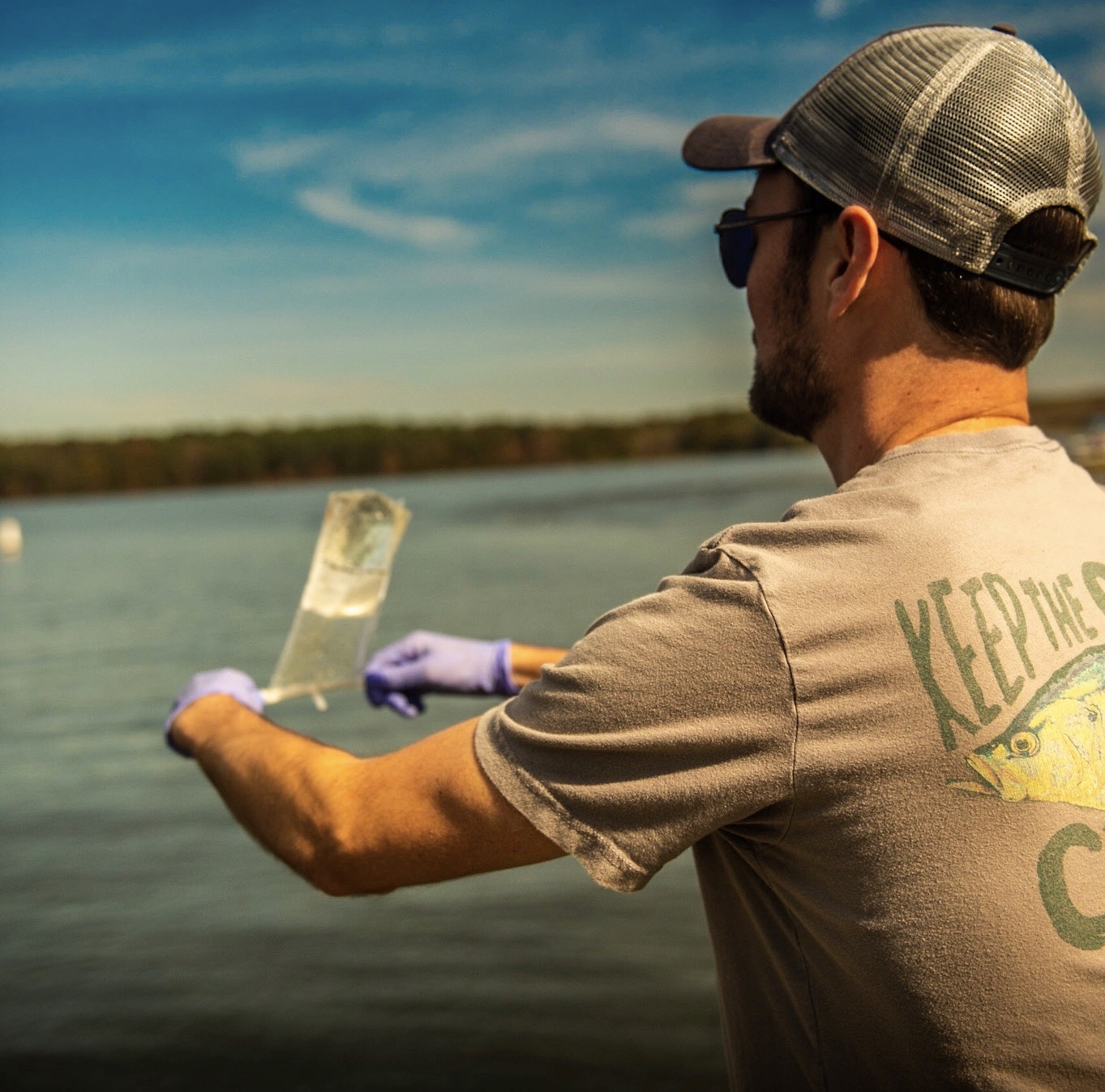 Meet Tucker, our AmeriCorps Patrol Member. He wrote this blog post so you can better understand the role of water temperature and turbidity in our Swim Guide program. Scroll down to learn more about these two important water quality parameters and check out some unique pictures…
Meet Tucker, our AmeriCorps Patrol Member. He wrote this blog post so you can better understand the role of water temperature and turbidity in our Swim Guide program. Scroll down to learn more about these two important water quality parameters and check out some unique pictures…
Water Temperature
Definition: Water temperature impacts both biological and chemical properties of the river which can be observed seasonally.

From a biological perspective, water temperature influences fish spawn, algae, and other aquatic species based on their preferred temperature range. Temperature can also affect aquatic plant growth and influence different diseases as well as affect aquatic organisms sensitivity to pollution.
From a chemical perspective, temperature can affect dissolved oxygen in water as well as the rate of dissolution of various rocks and minerals. Warmer water (75°F or higher) tends to hold less dissolved oxygen and also increases the rate of which minerals and other substances dissolve in water.
In Alabama, fishing can be a year-long activity while swimming is highly seasonal due to water temperature. A typical swimming schedule begins in May and goes through October where the water temperature ranges between 75°F-90°F.
(25°C = 77°F)
Turbidity: the scientific term for why rivers look like Yoohoo after a rain
Definition: Turbidity is a measure of the clarity of water. Think of it as comparing a glass of water to a glass of milk.


The materials that can cause water to become turbid include clay particles, soil, algae, and any other loose organic/inorganic particles. Turbidity can also carry various substances such as chemicals, metals, bacteria and other pollutants and is a good indicator for the presence of bacteria. E.coli. Causes of turbidity are commonly from exposed soil that can come from new construction sites, heavily tilled farms, urban pollution, or any other exposed particulate material.
Turbidity is a good indicator of pollution, therefore it is one of the main tests we run during our Swim Guide program. Turbidity testing can be beneficial for both public health in swimmable waters as well as a guide to pollution sources. Generally speaking, the higher the turbidity reading the greater the risk is for pollution in water.
Here is the SAME stream BEFORE a rain & AFTER a rain





